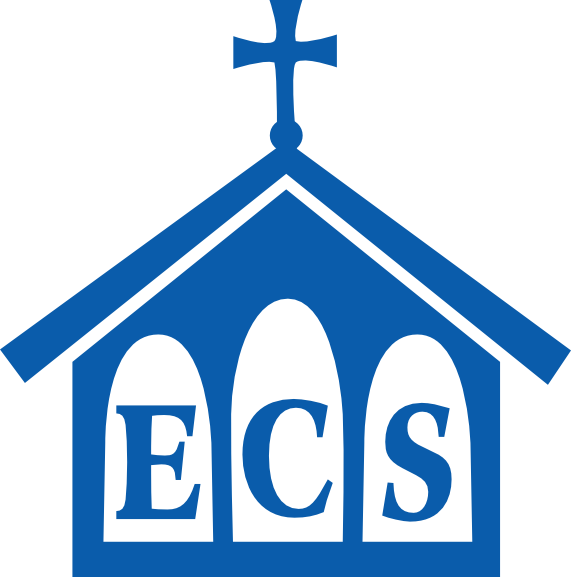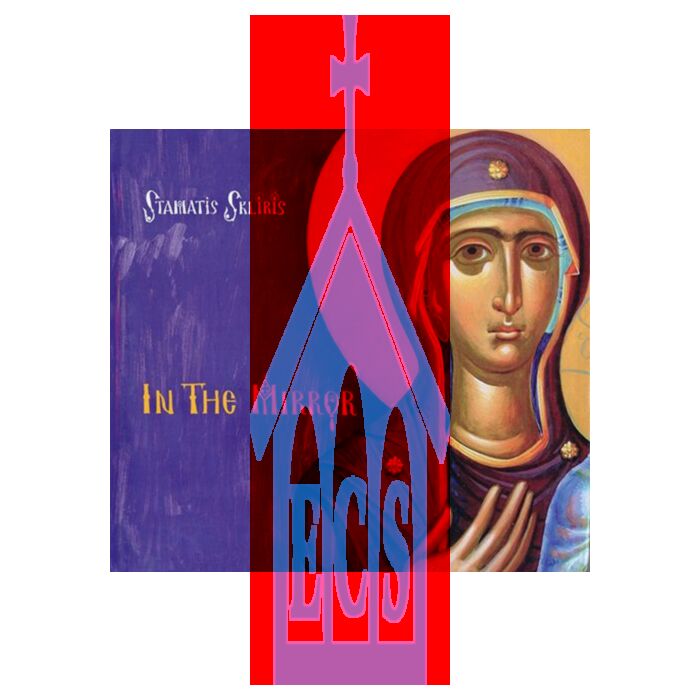This is a demo store. No orders will be fulfilled.
In the Mirror: A Collection of Iconographic Essays and Illustrations
$38.95
In stock
SKU
BKSD952C
Stamatis Skliris
Publication Data: Alhambra, CA: Western American Diocese, 2007
Format: hardcover
Number of Pages: 228
Dimensions (l × w × h): 20.6 cm × 22.3 cm × 1.9 cm
Additional Information: full-color illustrations, dust jacket, one bookmark ribbon
ISBN-13: 978‒0‒9719505‒3‒5
ISBN-10: 0‒9719505‒3‒9
Stamatis Skliris
Number 2 of Contemporary Christian Thought Series
“Finally, the main characteristic of Fr. Stamatis’ paintings is the gaze. Although his work encompasses many forms of painting - frescos, icons, pictures, book illustrations, etc. - and although it employs various techniques and styles, there is something common to all of it that unites everything and that gives everything a stable identity. This characteristic is the gaze from the image. In all the painted images by Fr. Stamatis, the gaze is ‘questioning.’ As in the Psalms God ‘searches the hearts and reins’ (Ps. 7:9), so also the gaze of these paintings questions and inquires about the existential depth of the picture’s observer. This is what differentiates the gaze in these paintings from the gaze in the portraits of Fayum and also in Byzantine icons. In the portraits of Fayum, the painted image expresses its relationship with the observer by a sad and calm gaze. On the other hand, in an icon the gaze is transcendent and surpasses the feelings of this world. In the paintings of Fr. Stamatis, the gaze comes out of the painted image and questions the observer. Because of this we would call it a ‘questioning gaze,’ a gaze that examines.”
—“A QUESTIONING GAZE”
CONTENTS
A Questioning Gaze
The Icons of Fr. Stamatis Skliris (by Metropolitan John Zizioulas)
Aesthetic Light and Ontological Light in the Art of Painting
The Pedagogical Potential of Byzantine Art
From Portrait to Icon
The Person of Christ and the Style of Icons
An Interpretation of Hellenism Based on the Conduction of Light
Shading and Psychology in the Wall Paintings of Saint Nikolaos Orphanos
Andrei Rublev
The Icon and the Ultimate State of Existence (by Bishop Maxim Vasiljevic)
Format: hardcover
Number of Pages: 228
Dimensions (l × w × h): 20.6 cm × 22.3 cm × 1.9 cm
Additional Information: full-color illustrations, dust jacket, one bookmark ribbon
ISBN-13: 978‒0‒9719505‒3‒5
ISBN-10: 0‒9719505‒3‒9
Stamatis Skliris
Number 2 of Contemporary Christian Thought Series
“Finally, the main characteristic of Fr. Stamatis’ paintings is the gaze. Although his work encompasses many forms of painting - frescos, icons, pictures, book illustrations, etc. - and although it employs various techniques and styles, there is something common to all of it that unites everything and that gives everything a stable identity. This characteristic is the gaze from the image. In all the painted images by Fr. Stamatis, the gaze is ‘questioning.’ As in the Psalms God ‘searches the hearts and reins’ (Ps. 7:9), so also the gaze of these paintings questions and inquires about the existential depth of the picture’s observer. This is what differentiates the gaze in these paintings from the gaze in the portraits of Fayum and also in Byzantine icons. In the portraits of Fayum, the painted image expresses its relationship with the observer by a sad and calm gaze. On the other hand, in an icon the gaze is transcendent and surpasses the feelings of this world. In the paintings of Fr. Stamatis, the gaze comes out of the painted image and questions the observer. Because of this we would call it a ‘questioning gaze,’ a gaze that examines.”
—“A QUESTIONING GAZE”
CONTENTS
A Questioning Gaze
The Icons of Fr. Stamatis Skliris (by Metropolitan John Zizioulas)
Aesthetic Light and Ontological Light in the Art of Painting
The Pedagogical Potential of Byzantine Art
From Portrait to Icon
The Person of Christ and the Style of Icons
An Interpretation of Hellenism Based on the Conduction of Light
Shading and Psychology in the Wall Paintings of Saint Nikolaos Orphanos
Andrei Rublev
The Icon and the Ultimate State of Existence (by Bishop Maxim Vasiljevic)
Write Your Own Review


